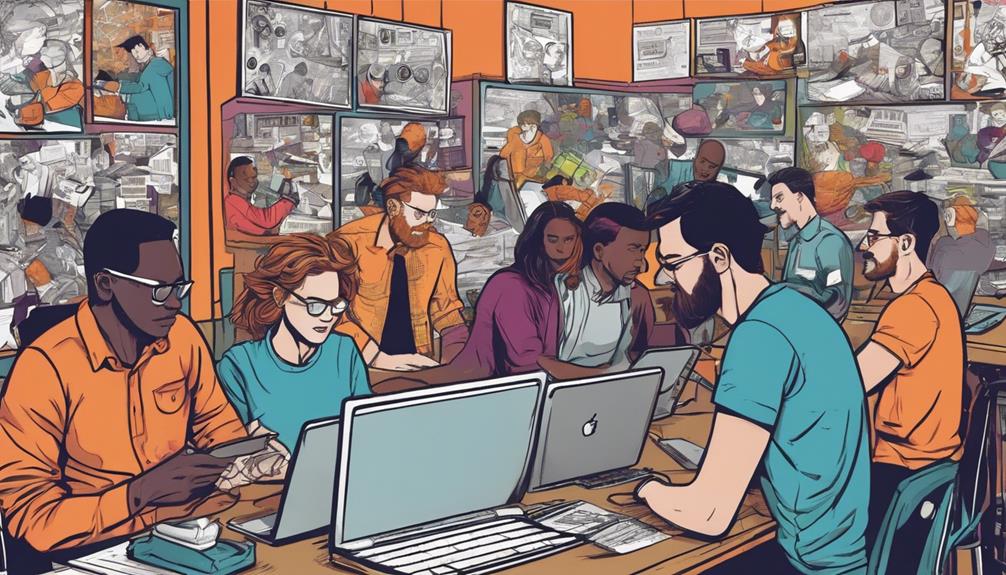Steve Jobs was a pivotal figure in technology and design, transforming Apple into a powerhouse of innovation. You'll find his journey began with a passion for creativity, nurtured by his adoptive parents. Jobs co-founded Apple with Steve Wozniak, launching groundbreaking products like the Apple I and Macintosh that revolutionized personal computing. His return saw the introduction of the iPod, iPhone, and iPad, reshaping how we connect and interact with technology. Jobs' vision laid the groundwork for sleek designs and intuitive interfaces that still influence the industry today. Stick around, and you'll uncover even more about his lasting impact.
Key Takeaways
- Co-founded Apple Inc. in 1975, combining Steve Wozniak's engineering expertise with Jobs' visionary marketing approach.
- Revolutionized personal computing with the launch of Macintosh in 1984, introducing graphical user interfaces.
- Pioneered the music industry with the iPod in 2001, leading to the creation of the iTunes ecosystem.
- Transformed mobile technology with the introduction of the iPhone in 2007, setting new industry standards.
Early Life and Background
Born to an unwed couple and later adopted, Steve Jobs' early life was shaped by a blend of familial love and the drive for innovation. His adoptive parents, Paul and Clara, nurtured his curiosity and creativity, fostering an environment where he could thrive.
You'd see how this blend of support and determination influenced his future endeavors. Growing up with one sister, Patricia, he experienced a loving family dynamic that grounded him.
Later, he'd have a daughter, Lisa, and marry Laurene Powell, creating a family of his own. Despite facing health challenges later in life, his early experiences certainly contributed to the visionary entrepreneur you'd come to know, leaving an indelible mark on technology and culture.
Education and Career Start
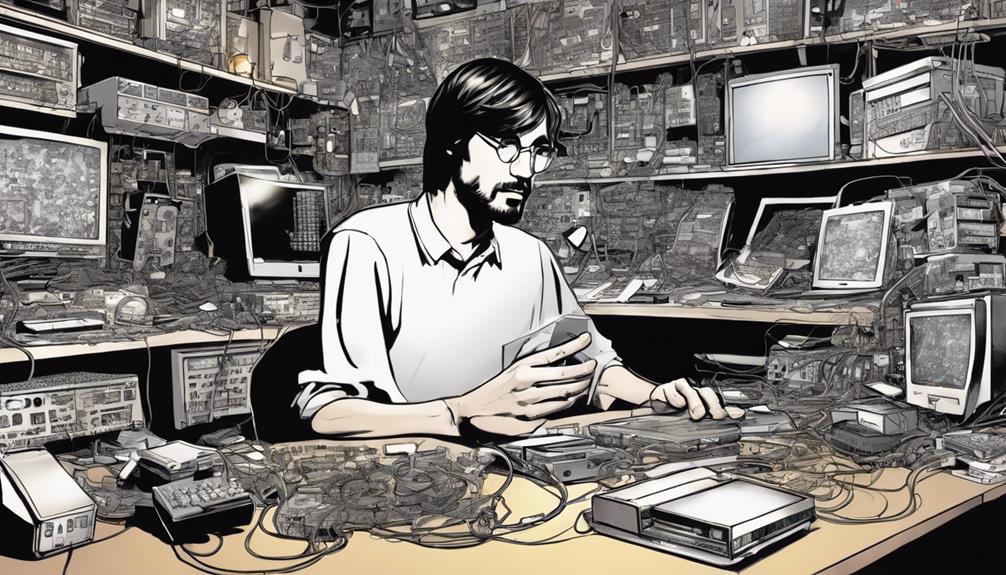
After his formative years, Jobs took a bold step by briefly attending Reed College, where his unconventional approach to education would soon shape his career trajectory.
You see, he dropped out after just one semester, choosing instead to explore what truly interested him. This decision led him to a summer internship at Hewlett-Packard, where he met Steve Wozniak, who'd later become his business partner.
Jobs also worked at Atari, gaining valuable experience in the tech industry. Each of these experiences fueled his creativity and passion for innovation, setting the stage for his future endeavors.
Co-Founding Apple Inc

In 1975, Jobs and Wozniak joined forces to co-found Apple Inc., launching a revolution in personal computing from the confines of a garage. Their partnership blended Wozniak's engineering prowess with Jobs' vision and marketing skills. This dynamic duo created groundbreaking products that changed how you interact with technology.
| Year | Product | Impact |
|---|---|---|
| 1976 | Apple I | First personal computer |
| 1977 | Apple II | Established market |
| 1984 | Macintosh | Introduced GUI |
| 1990 | Mac Portable | Expanded portability |
Through innovation and determination, they transformed a small startup into a global leader, paving the way for the tech revolution. You can see how their teamwork was pivotal in shaping the future of computing.
Major Milestones in Apple's History
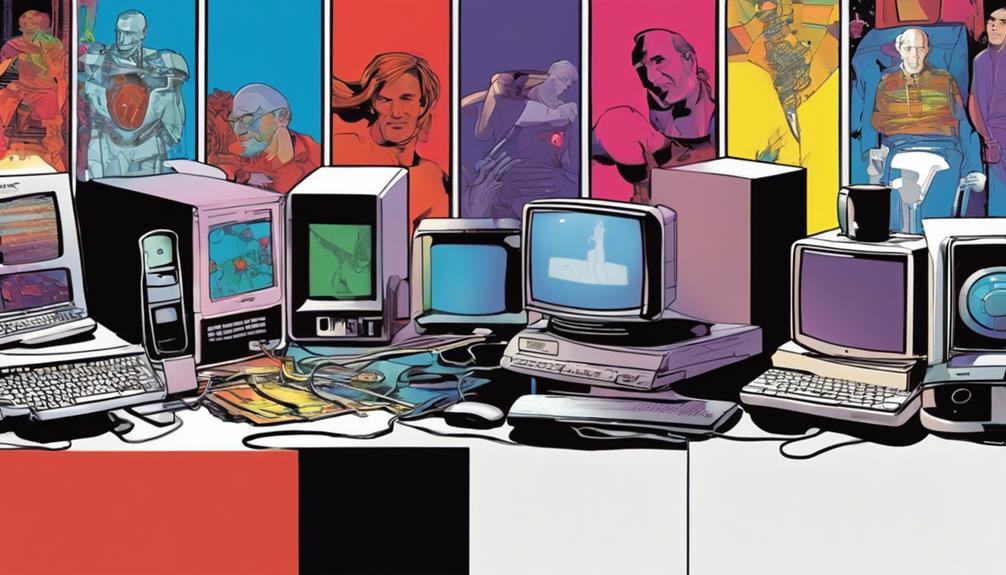
Throughout its history, Apple has achieved numerous major milestones that have greatly shaped the technology landscape.
You can trace its journey from the launch of the Apple I in 1976, which targeted hobbyists, to the groundbreaking Apple II in 1977, which generated $3 million in its first year.
In 1984, Apple introduced the Macintosh, revolutionizing personal computing with its graphical user interface.
By the late '90s, the iMac emerged, marking a resurgence in the company's fortunes.
The introduction of the iPhone in 2007 transformed mobile technology, setting new industry standards.
Each of these milestones not only defined Apple but also influenced how you interact with technology today, making it a key player in the global market.
Jobs' Departure and New Ventures

Steve Jobs faced a dramatic turn in his career when he was removed from Apple's board in 1983, prompting him to explore new ventures that would ultimately reshape his legacy.
In 1985, he founded NeXT Computer Co. with a vision to create powerful computers for higher education, though initial sales were modest.
Meanwhile, in 1986, he acquired Pixar Animation Studios, steering the company toward groundbreaking animated films. Under his leadership, Pixar released 'Toy Story' in 1995, marking a massive box office success.
Innovations and Contributions
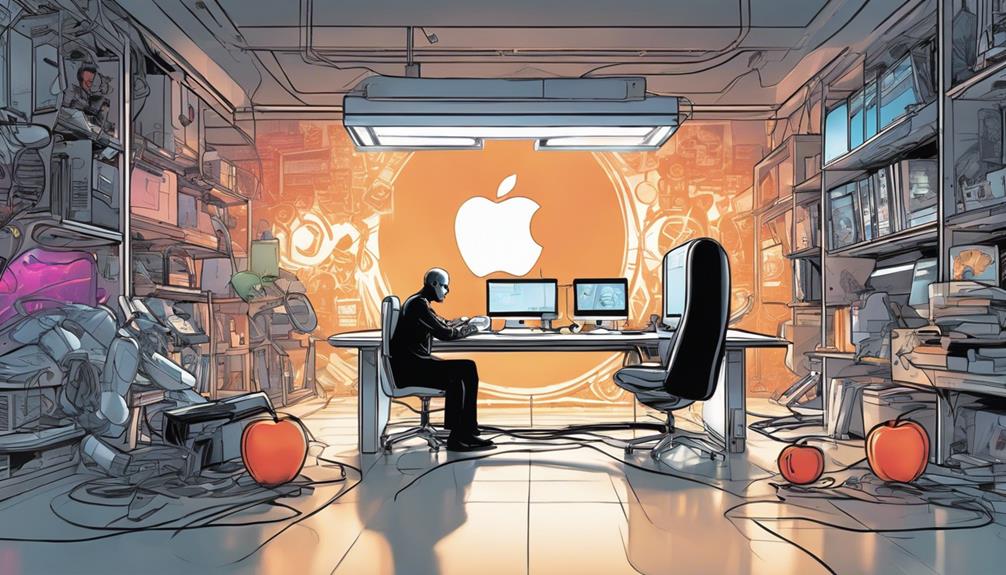
Jobs' return to Apple marked the beginning of a series of innovations that would redefine not just the company, but the entire tech industry.
You witnessed the launch of the iMac, which combined design and functionality, generating nearly $6 billion in sales by 1998.
The introduction of the iPod in 2001 transformed how you listen to music, paving the way for the iTunes ecosystem.
In 2007, the iPhone revolutionized mobile technology, setting new industry standards with its intuitive interface and app ecosystem.
Finally, you saw the iPad in 2010, bridging the gap between smartphones and laptops.
Jobs' ability to inspire teams led to these groundbreaking products, forever changing how you interact with technology.
Lasting Legacy and Impact
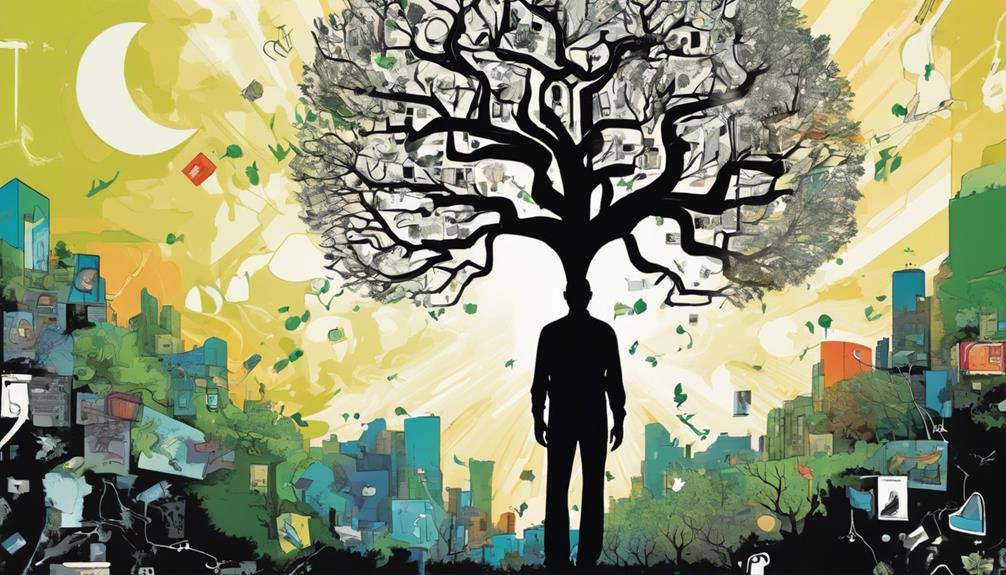
The innovations introduced during Jobs' tenure at Apple continue to influence technology and design, shaping the way you live and work today. You can see his impact in various aspects of your daily life, including:
- Sleek Design: The minimalist aesthetics of Apple products set the standard for visual appeal in tech.
- User Experience: Intuitive interfaces make your interaction with devices seamless and enjoyable.
- Ecosystem Integration: The interconnectedness of Apple devices enhances productivity, allowing you to switch effortlessly between your iPhone, iPad, and Mac.
Jobs' vision transformed the tech landscape, making technology more accessible and desirable. His legacy lives on, inspiring a new generation of innovators and ensuring that Apple remains a leader in the industry.
What Were Steve Jobs’ Essential Contributions to the Startup World?
Steve Jobs made essential contributions to the startup world by revolutionizing technology and design. His vision and dedication to innovation paved the way for countless entrepreneurs to follow. His legacy continues to inspire others to push the boundaries of what’s possible, embodying the mark cuban startup wisdom.
Conclusion
In the vibrant tapestry of technology, Steve Jobs stands as a brilliant thread, weaving innovation and creativity into our daily lives. His journey, from a humble garage to the heights of global influence, reflects a relentless pursuit of excellence.
As you hold your iPhone, you can almost feel his visionary spirit pulsating through its sleek design and intuitive interface. Jobs didn't just create products; he ignited a revolution, leaving an indelible mark that continues to inspire generations.





